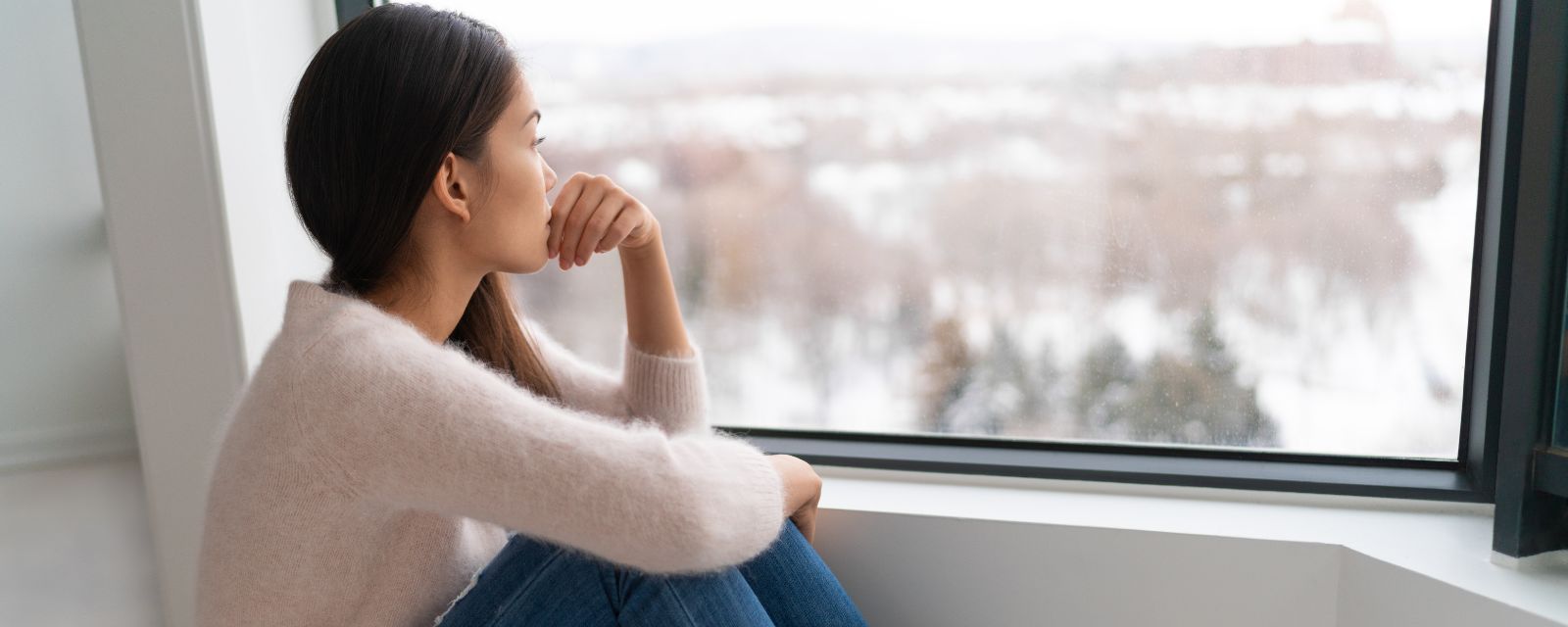Finding Peace in the Middle of Your Week
It’s Wednesday and your head is thoroughly under the water of your work schedule. Many of us continue to work from home or may feel pressure in multiple directions as our work spaces try to bring us towards the “new normal”. Swamped with obligations and blurred lines between work-time and personal-time, it can be difficult to catch our breaths. Maybe work and school aren’t draining your energy, but anxiety about the future might be clouding your mind in the middle of your week. Whatever the cause may be, now more than ever it’s important for us to be finding ways to take care of ourselves.
When we talk about meditation, many of us have images of our heads of Zen masters meditating for hours on end. Mindfulness and meditation feel like practices that require strict practice and extra time to master the discipline, but the reality of the matter is that mindfulness doesn’t have to be a large excursion. You don’t have to be a Buddhist master to benefit from mindfulness. Mindful exercises can be incorporated into even the smallest moments of our work week.
So what exactly is it? Mindfulness encompasses many activities that focus on your physical self and surroundings in the current moment. Many might argue that mindfulness is less of something you actively do and more so a way of how you do it. In fact, many of the everyday tasks in life - such as brushing our teeth, doing dishes, walking to the bus stop - can be done mindfully. It’s well worth it to do our everyday tasks mindfully; studies have shown that mindfulness exercises are strongly associated with mental wellbeing. Mindfulness can help reduce stress, rumination, emotional reactivity, and fear as well as promote memory, focus, cognitive flexibility, and even relationship satisfaction. source
In this article, we’ll take you through a few easy mindfulness exercises that you can incorporate during your busy schedule. Mindfulness is a great way to alleviate stress at any point in our days, even when we only have a five minute break. Check the end of this blog as well to find further resources on mindfulness.
Square Breathing
A critical piece of mindfulness is being in tune with your breath. This exercise in particular can be a great starting point for people new to mindfulness because it brings us in awareness of our breath. It’s also very easy to learn and to implement at any point. The key with square breathing (sometimes also known as box breathing) is to follow a rhythm of breathing in, holding your breath, breathing out, and then holding again. The best way to follow this rhythm is to literally visualize a square. Some people even benefit from tracing out a square with their fingers in the air as they breathe.

In the graphic above, you can see a square pictured with prompts on each side. It’s important to note that with this pattern, 5 seconds may not be ideal for every person. For some it may be easier to start with 3 or 4 seconds if you find yourself struggling. For some others - especially those with experience with athletics or musical instruments where breath training is common - you may have to extend your time beyond 5 seconds to feel a deep breathing sensation.
Five Senses Exercise
In this exercise, you guide yourself through each of your five senses, approaching each sense mindfully. This activity can be modified in multiple ways, such as shortened forms where you may select fewer “things” in whichever category, or by replacing one of the last senses with an affirmation. Traditionally, the sequence is as follows:
Look around you and notice five things that you see. Ex: a tree outside your window, patterns on the tile floor
Reach out to the space around you and notice four things you can feel. Ex: cool air coming from a fan, carpet beneath your feet
Listen to your environment and notice three things you can hear. Ex: a TV in the other room, your own fingers tapping on a keyboard
Search your surroundings and find two things that you can smell. Ex: a lotion or hand sanitizer, a candle
Find one thing in your environment that you can taste. Ex: chewing gum/mint, a cup of tea or coffee
An important thing to remember with this activity is not to speed through each of the senses. Don’t just name the things you’re witnessing - take time to appreciate the stimuli. One helpful suggestion is to narrate each of the things you notice in your head or aloud as if it were described in a book (i.e. “the carpet feels soft and warm under my toes” not just “I feel carpet”).
Body Scan
Along with checking-in on your breathing and your senses, it’s important to check-in with your body itself! The best way to engage with a body scan meditation is to lay down on your back - but if you’re not able to do that comfortably where you’re at, you can also do a body scan while seated. When you are in a relaxed position, start by focusing on your breath: breathe deeply in through your nose and out through your mouth.
Focus your attention first on your feet. Notice any sensations or feelings you have on either or both feet. It may be helpful to wiggle your toes or flex your feet. Imagine your deep breaths moving into your lungs and all the way down to your toes. When you are ready, move your awareness up to your ankles, calves, and knees. Slowly move up your body, taking time to breathe awareness into each part as you work your way to your head. While body scans can be a shorter form of meditation, it’s important not to rush through this activity. It is like that your mind will start to wander or you may feel impatience at times throughout this activity, as with any mindfulness activity. Acknowledge the feeling. Let yourself be aware of your thoughts and then breathe them out as you breathe out the rest of the tension in your body. Your goal is not to stop your thoughts altogether but to direct your awareness gently back to your physical sensations.
Mindfulness can take on so many different forms - it would be nearly impossible to list every possible way you can engage in mindfulness in one blog. These activities are helpful starters that are easy to incorporate into your schedule during breaks or in between meetings. If you are looking for more activities or even to just better understand mindfulness as a practice that can help boost your mental health, there are countless resources all over that can be of use. Here are some resources and books that may be helpful starting points to learn more:
- The Miracle of Mindfulness by Thich Nhat Hanh
- Free Guided Meditation Resource List
- Mindfulness Apps for IOS and Android
- Omega Institute
All material provided on this website is for informational purposes only. Direct consultation of a qualified provider should be sought for any specific questions or problems. Use of this website in no way constitutes professional service or advice.




